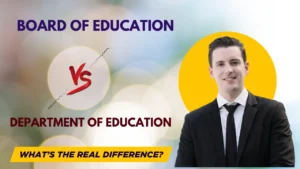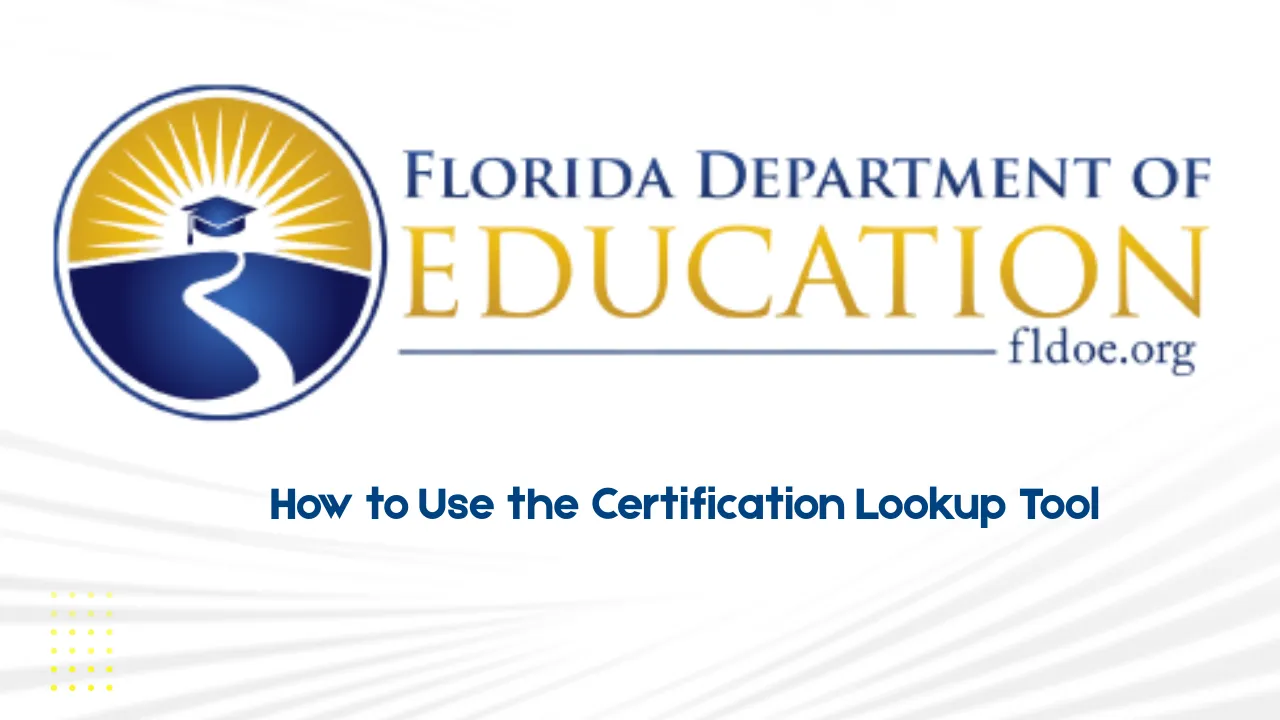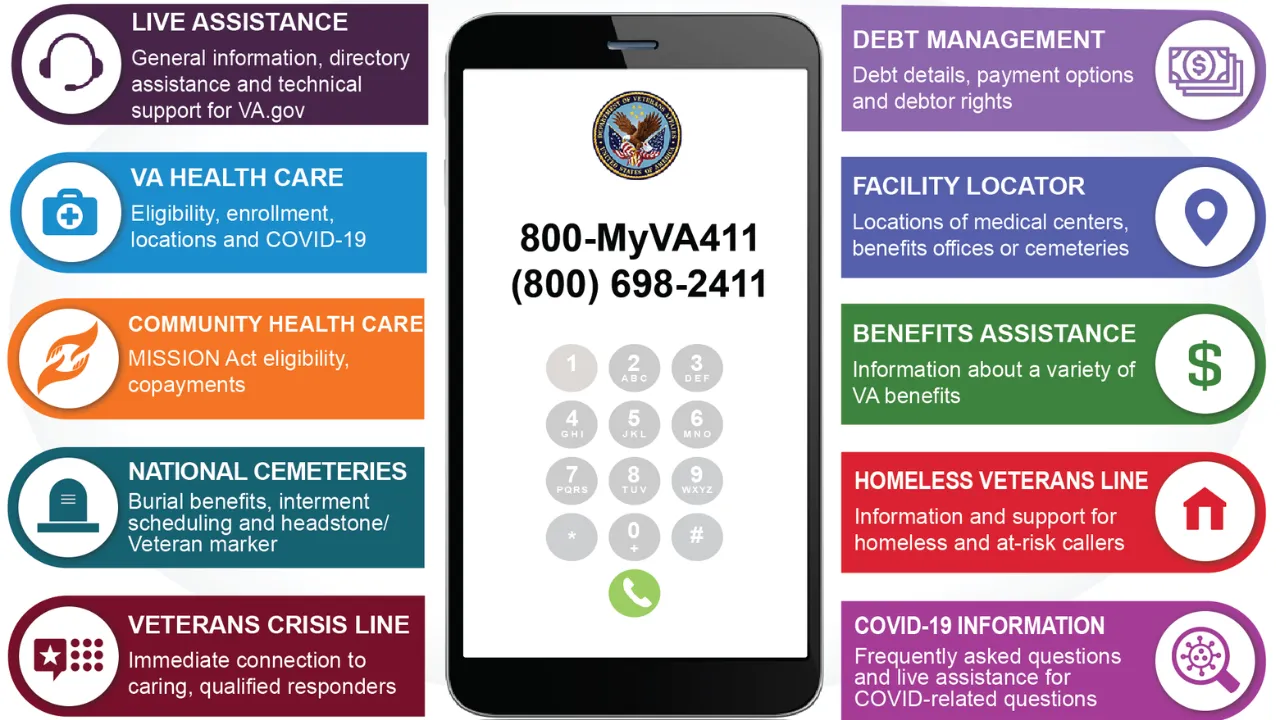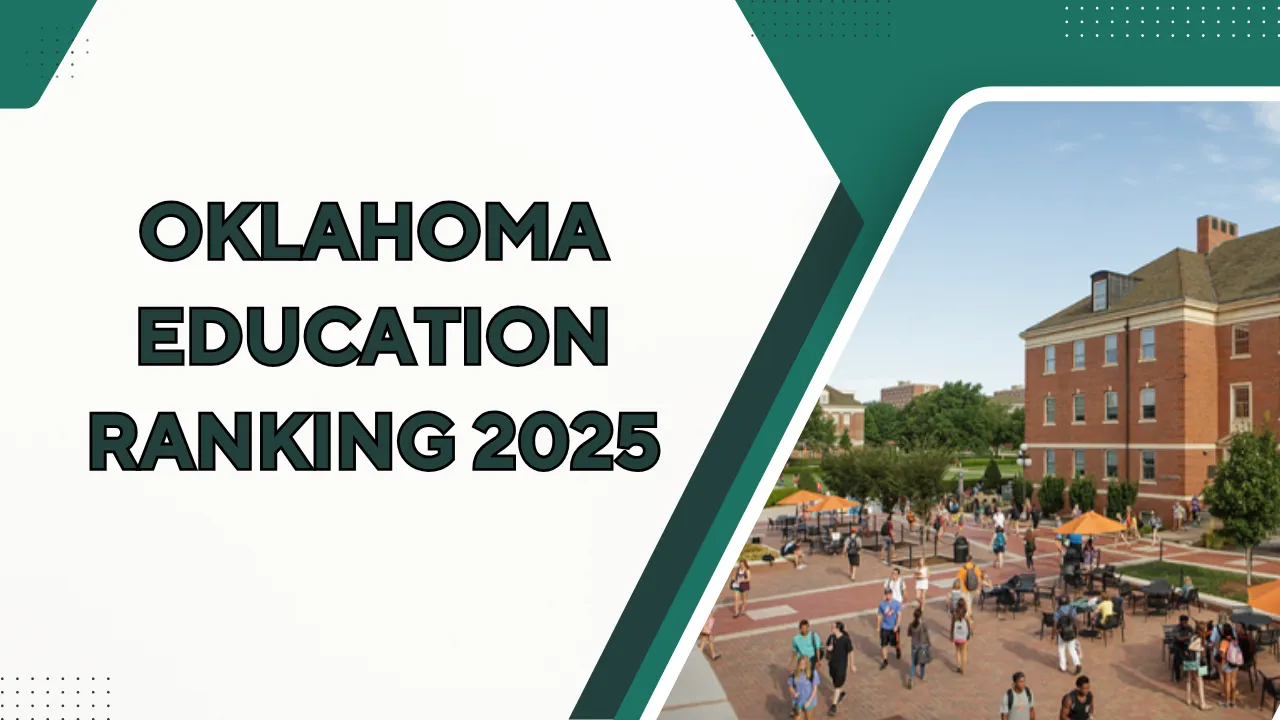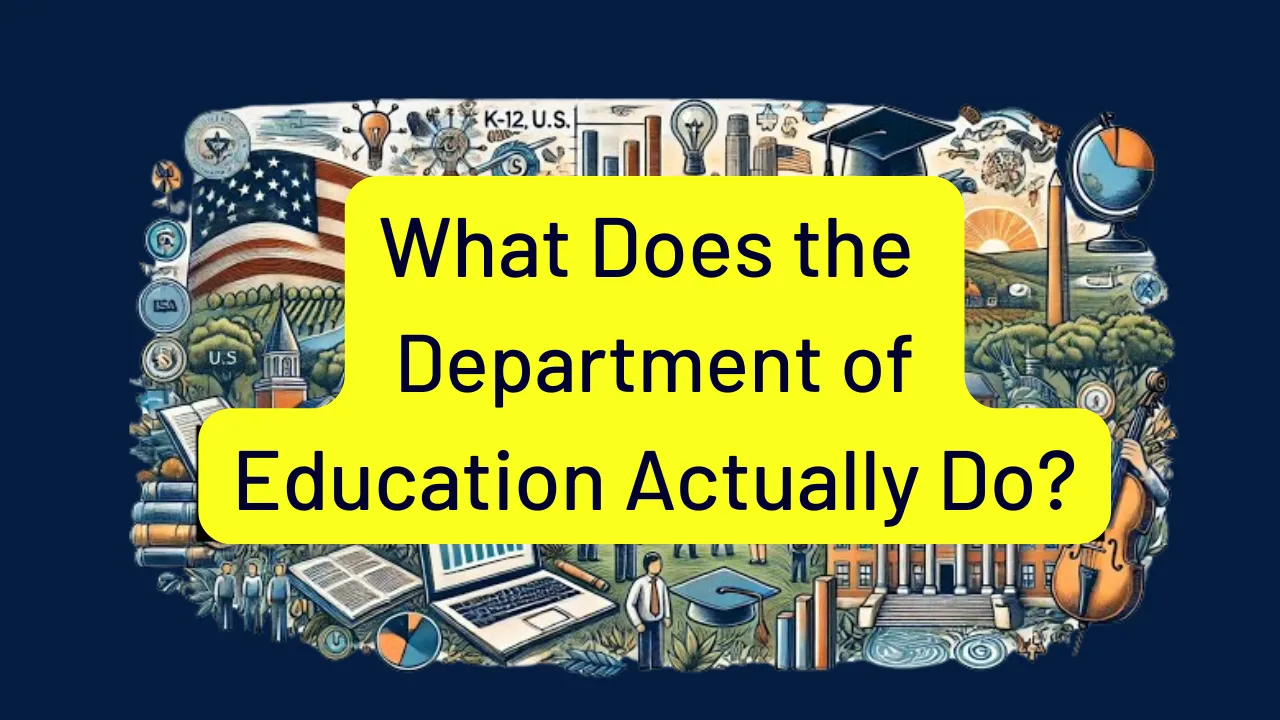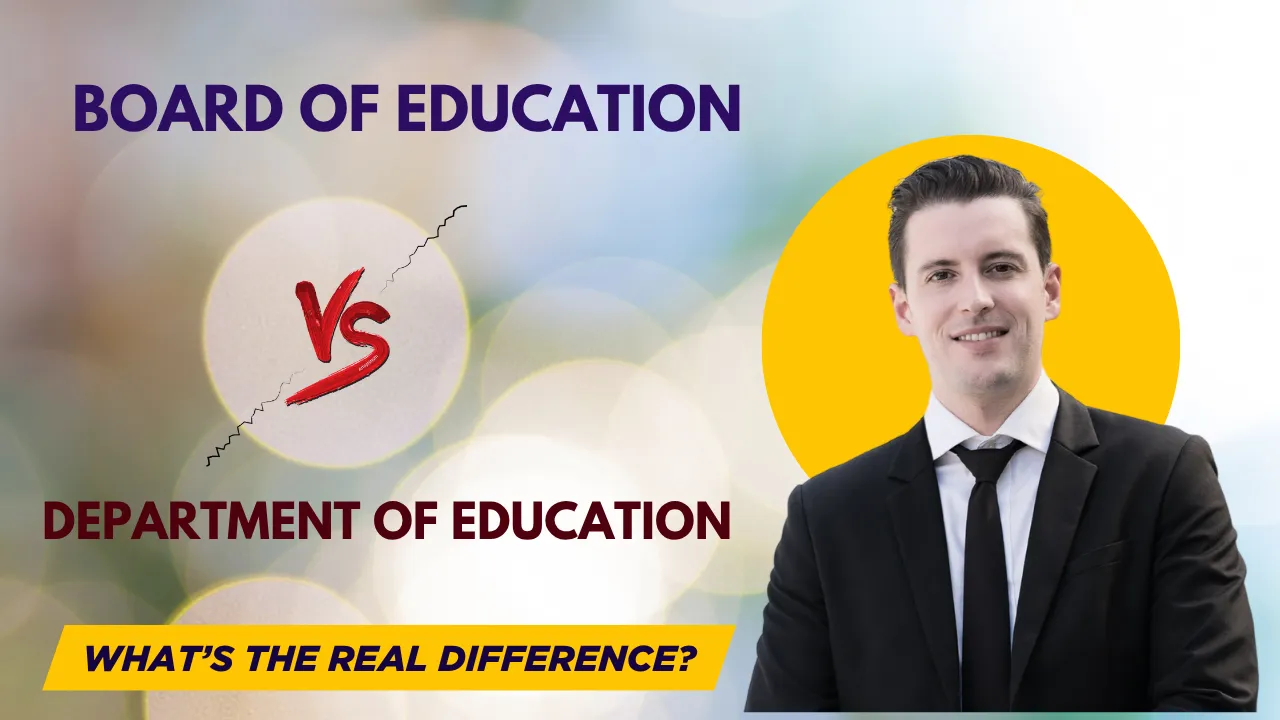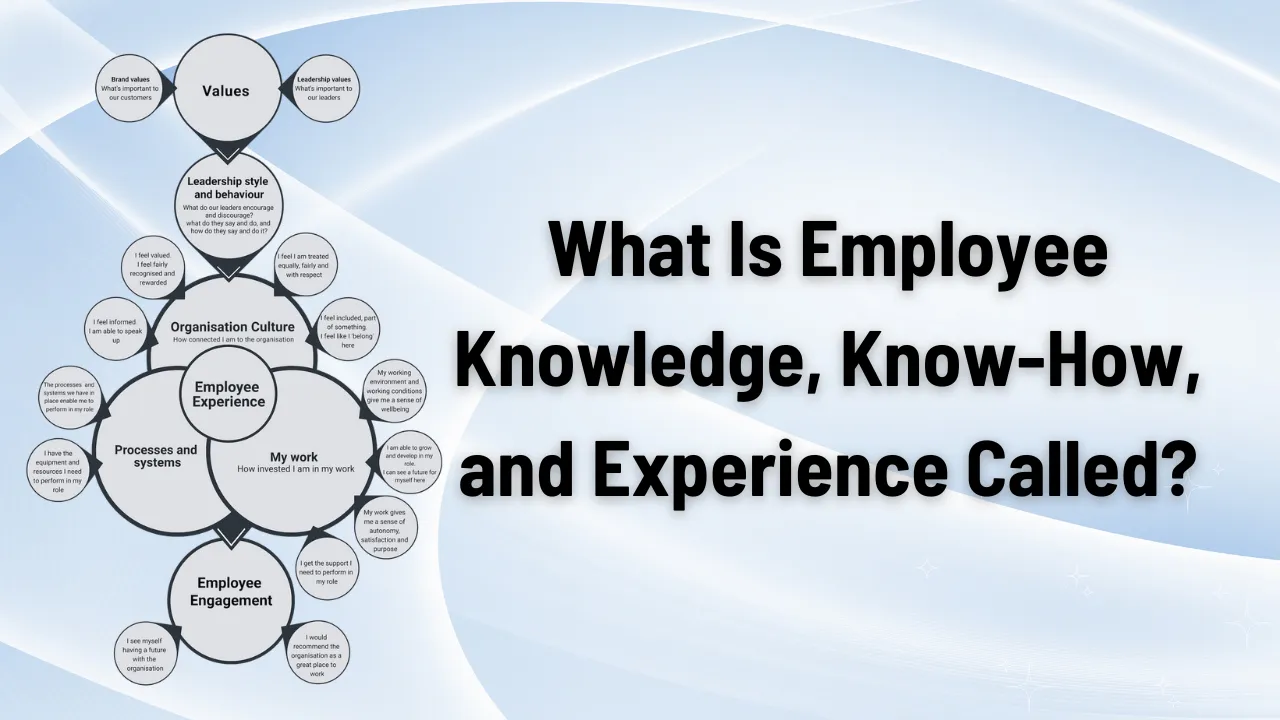How to Choose the Right U.S. College for Your Career Goals: Choosing the right U.S. college is more than marking a box on an application — it’s the foundation of your career and personal growth. For students aiming high, it’s not just about campus tours or brand names; it’s about aligning your education with future work, mentorship, and real-world experience. When thoughtfully selected, your college becomes a launchpad: offering connections, practical learning, and a community that nurtures your ambitions.
U.S. University Application Deadlines are crucial milestones that should guide your planning, not constrain your choices. Before any acceptance letter arrives, you need clarity on what matters most—career-fit, program strength, and long-term value.
U.S. University Application Deadlines: Start with Career Goals
Deciding where to apply means thinking long-term about career aspirations. To Choose the Right U.S. College, start with a clear sense of direction. Are you drawn to data science, creative arts, health sciences, or business? Defining your ideal industry helps narrow your college search sharply.
Once your interests are mapped, explore departments known for strength in your field. Analyze program structure—does the curriculum include hands-on labs, internships, or capstone projects? Does the faculty bring real-world insights through teaching or research? Accreditation is essential too—look for ABET in engineering or AACSB in business.
Research Academic Programs and Specializations
With your career lens in focus, dig into program specifics. Dual degrees, minors, or customizable tracks add flexibility. For example, if you want a tech career with business acumen, consider computer science with a business minor. Or blend environmental studies with public policy to prepare for a role in sustainability.
Examine course design: Are classes focused on current tools like Python, AI, or cloud computing? Does the school offer labs, fieldwork, and co-working spaces? Faculty profiles matter—industry experience, publications, and active consulting can signal practical relevance. Accreditation offers confidence in program quality.
Career Services & Internship Support
A robust placement system can define your post-grad life. Look for transparent metrics—graduation placement rates, average starting salaries, top hiring companies. U.S. colleges with strong Career Services often offer:
- Resume and interview coaching
- Site-wide job portals
- On-campus recruiting
- Internship/Co-op integration
Access to workshops, mock interviews, networking events, and alumni mentorship make searching for jobs less daunting. Check whether alumni actively help through mentorship networks or LinkedIn group engagement.
Industry Connections and Location
Where your college is located affects opportunity. Want finance? NYC or Boston campuses often host top financial firms. Eyeing tech or startup culture? Universities near Silicon Valley or Seattle are hotbeds for innovation internships and mentorship.
Also explore university partnerships: Do they have an incubator, tech park, or collaborations with local employers? Are there career fairs with industry panels? These connections open doors beyond the classroom.
Campus Resources and Culture
Your college’s culture affects both learning and happiness. Seek environments that support both:
- Research Labs that foster independent or group-based projects
- Student Clubs aligned with interests (robotics clubs, marketing societies, gaming guilds)
- Speaker Series or Workshops attracting industry experts
- Mentorship and Advising Programs
Diverse settings help you grow academically and socially, strengthening soft skills like communication and collaboration—skills just as vital as technical knowledge.
Financial Investment and ROI
What’s college without considering value? Balancing tuition, living costs, and outcomes gives clarity. Don’t just calculate cost—look at net cost after scholarships or aid. Higher sticker price may pay off if connected to strong career networks and job placements.
Review average graduate salaries for your field and year. If a program leads frequent student referrals to top companies, the premium may be justified. Also, examine study-abroad or research funding—carve paths that enrich your learning while saving money.
Aligning Deadlines with Decisions
As you evaluate programs, stay alert to U.S. University Application Deadlines. Key windows include:
- Early Decision/Early Action: Often due November–December
- Regular Decision: Typically closes January–March
- Rolling Admission: Apply by early spring to maximize chances
Missing a deadline can shut doors or cost you scholarships. Organize deadlines by priority universities and setup reminders. Align your test prep, essays, recommendation letters, and financial aid applications accordingly—each step is tied to deadlines.
Avoid Common Application Errors
- Don’t chase prestige alone: A top-ranked college might lack the specific program you need.
- Don’t ignore experiential learning: Internships, co-ops, and labs provide real skills—check if they’re built into your program.
- Location matters: Apply near industry hubs to boost job experience.
- Plan financially: Build a budget and apply early for scholarships—many awards are deadline-driven.
- Proofread meticulously: Typos in essays or form missteps near deadlines send red flags.
Tips for Finalizing Your Choice
- Rank schools by how they match your career goals, program content, and deliverables.
- Connect with students and alumni via networking platforms—ask questions about academics, internships, and job support.
- Attend campus tours or virtual visits: Observe labs, talk with career advisors, and gauge community energy.
- Listen to your gut: Choose the environment where you feel most authentic, supported, and engaged.
Conclusion
Choosing the right U.S. college means more than emails and campus visits—it’s about aligning education with your future. Whether through dual degrees, high placement rates, nearby tech hubs, or vibrant campus culture, the right school transforms ambition into opportunity.
Now it’s your turn. Create a college comparison sheet with key criteria: program fit, career services score, location, cost vs. ROI. Map deadlines, reach out to current students, and schedule tours (in-person or virtual)—they bring insight you can’t find on websites. Take confident action today and ensure the college you choose is the springboard to your career success.
Begin your smart college search now—because your future deserves the right foundation.

